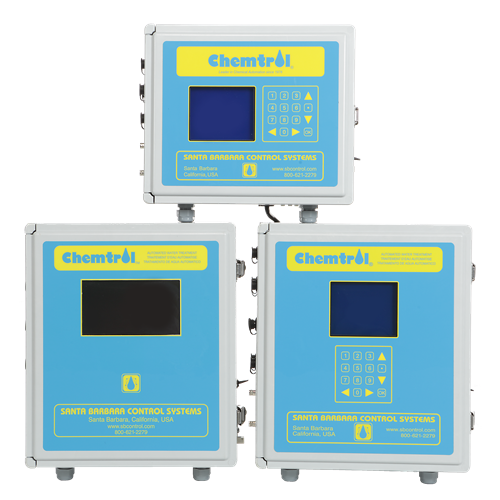Understanding Pool Water Chemistry
Getting your pool water balance right is easier than it sounds. Filtration, Automation and Pool Sanitation
Is your swimming pool murky or green? Are you struggling to keep it clear and sparkling?
Getting the water balance right in your pool is easier than it sounds.
The first step is to educate yourself so you understand the basics of water chemistry, and what each component of your pool equipment does. Then you can deal with the problem and enjoy your pool.
The key to maintaining water quality in your swimming pool includes monitoring and adjusting pH levels, total alkalinity (TA), calcium hardness and chlorination. You also need to ensure your pool has adequate filtration and is circulated regularly.
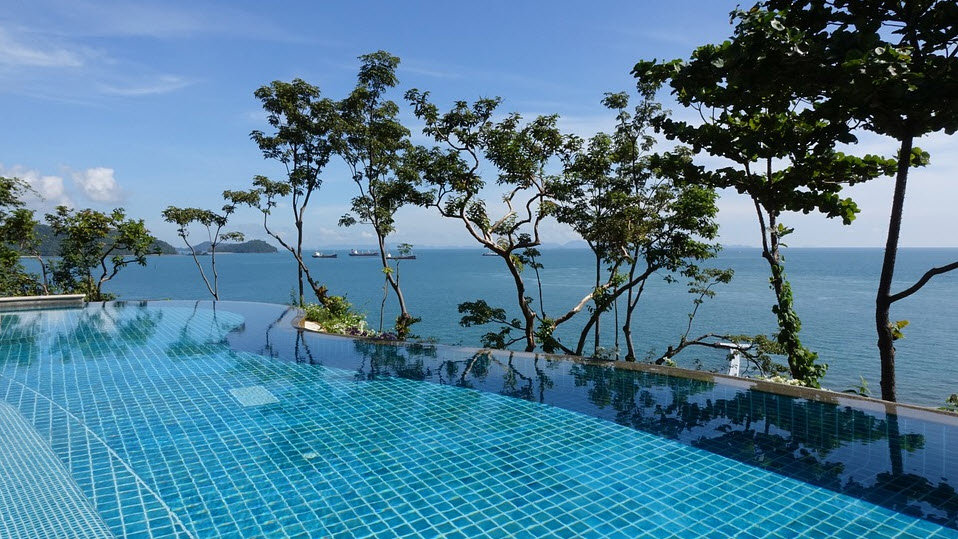
Understanding Basic Pool Chemistry
Let’s start with the water chemistry of your pool or spa, and what we mean by ‘balanced’.
If your water is not balanced it will either become corrosive (too few chemicals) or form scale (too many chemicals). Both are bad for you, your pool equipment and the surface of your pool.
Chemically balancing your pool water ensures it is neutral to bathers, doesn’t damage your pool surface or your pool equipment. Rainfall, heavy use of your pool and the temperature of your pool water can all affect the water balance, but the chemicals you add are more important.
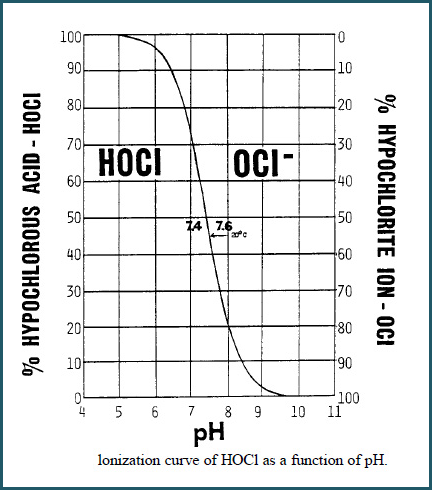 There are 3 main elements to keeping the water in your pool balanced:
There are 3 main elements to keeping the water in your pool balanced:
1. pH
This is the most important chemical factor in your pool. pH is used to measure how acidic or alkaline your water is. If your pool water is too acidic (low pH) it will burn your eyes and corrode your equipment. If your water is too alkaline (high pH) it will lead to scaling and calcium build up on your pool and equipment.
“The ideal pH of your pool should be between 7.4 and 7.6”
2. Alkalinity
Alkalinity or total alkalinity refers to the amount of carbonates and hydroxides in your pool water. These help to control and moderate the pH level of your pool. Low alkalinity levels often go unnoticed, but they lead to low pH levels which results in corrosive, acidic water that can damage the surface of your pool and equipment.
“The ideal range for alkalinity is 60 – 200 parts per million (ppm).”
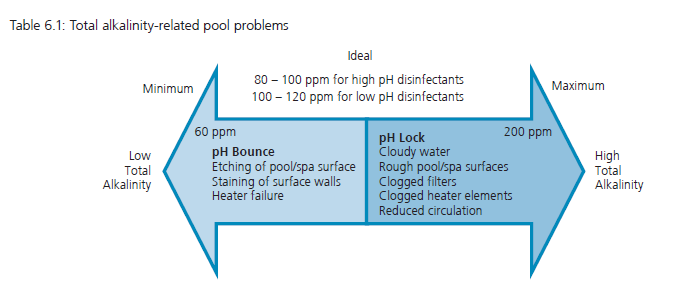
3. Calcium hardness
This is a measure of the amount of calcium in your pool water. Too much and your pool water will become unstable, and lead to cloudy water and calcification. Too little and your pool water will ‘eat’ the calcium in the surface of your pool, damage metal fittings and cause staining.
“The ideal range for dissolved calcium is 80 to 500 part per million (ppm)”
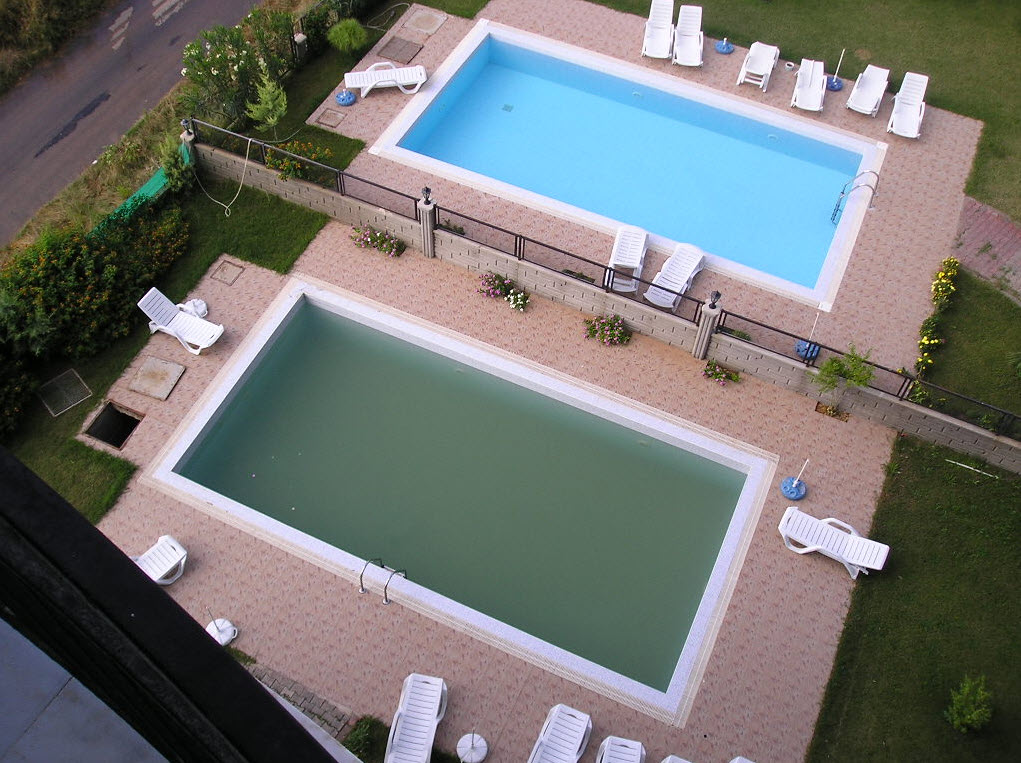
“Keeping your pool water sanitized is the process of keeping it clean and free of bacteria, algae and other organic contaminants”
Sanitizing Your Pool
Keeping your pool water sanitized is the process of keeping it clean and free of bacteria, algae and other organic contaminants. The most common sanitisers or disinfectants used are chlorine, bromine, ozone and ionizers.
– Chlorine
Chlorine is the most common sanitizer used for disinfecting pools and spas. It is available in liquid, granular, and tablet or stick form. Chlorine kills germs, bacteria and algae that could make your pool unsafe.
Pros: cheap and widely available
Cons: Volatile, loses effectiveness at high pH levels
“The ideal level of chlorine in your pool water is between 1.0 to 3.0 parts per million (ppm)”
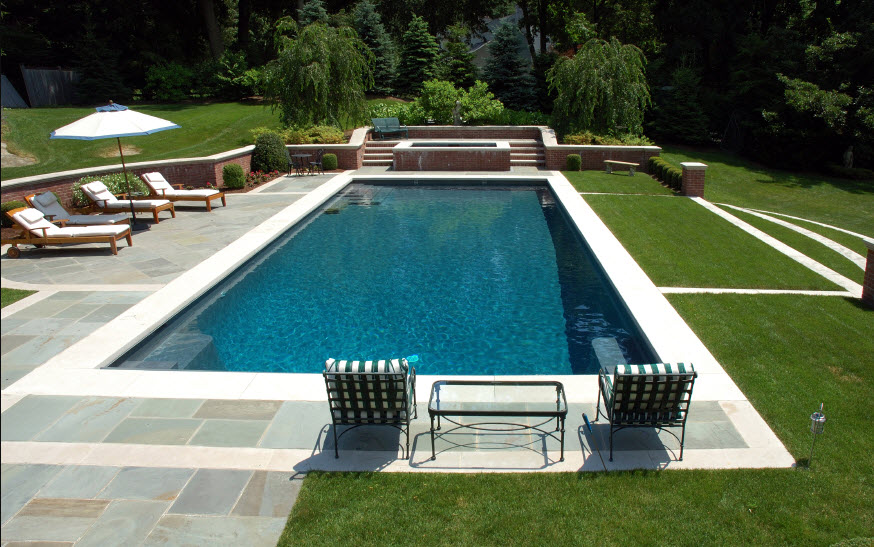
– Bromine
Bromine is a chemical cousin of chlorine that has a similar effect. It is popular for use in hot tubs and spas as it does not give off the same odour as chlorine and is effective at sanitizing for longer than chlorine.
Pros: No chlorine smell
Cons: Pricier than chlorine, sunlight reduces effectiveness
– Ozone
Ozone is a very effective sanitizer that is produced by a generator attached to your pump/circulation system. It is typically used as a backup for a primary sanitizer such as chlorine.
Pros: powerful sanitizer
Cons: Ozone has a very short lifespan in water
– Ionization or mineral treatment
Minerals such as copper and silver are also effective sanitizers that can be fed into your pool water. The copper acts on algae in your water, while the silver takes care of killing the bacteria.
Pros: Minerals are not affected by water temperature
Cons: They do not control organic elements like soaps and oils
– Salt chlorination systems
For pool owners looking to avoid dosing their pool with chlorine powder or tablets, using a salt chlorinator cell is an alternative to consider. It is installed into your pools plumbing and generates chlorine via an electric charge that turns the salt ions in the pool water to chlorine gas. This produces a more consistent supply of chlorine to the pool.
Pros: No need to purchase and store chemicals
Cons: pH can fluctuate
Filtration and Circulation
Your pool filter is an important tool in keeping your pool water clean. No amount of chemicals could remove larger debris and particles, which will cause the quality of your water to deteriorate.
Pool filters use sand, a fabric-lined cartridge or Diatomaceous Earth (DE) to perform their task.
To ensure filtration is effective you need to run your pump regularly to circulate all the water in your pool through the filter.
As we have seen keeping your pool water balanced and clear can be a challenge. Constantly checking the water balance and adding chemicals manually can be time consuming, especially if you are struggling to do this regularly.
Automated pool controllers are capable of doing the job beautifully for us. They can help maintain and control the sanitiser and pH levels, preventing your pool and its equipment from becoming damaged and ensuring it is free of germs and bacteria. And with over 40+ years of water chemistry and water treatment expertise behind us CHEMTROL are uniquely placed to develop equipment that is relied upon by clients in the residential, commercial, and industrial sectors.

